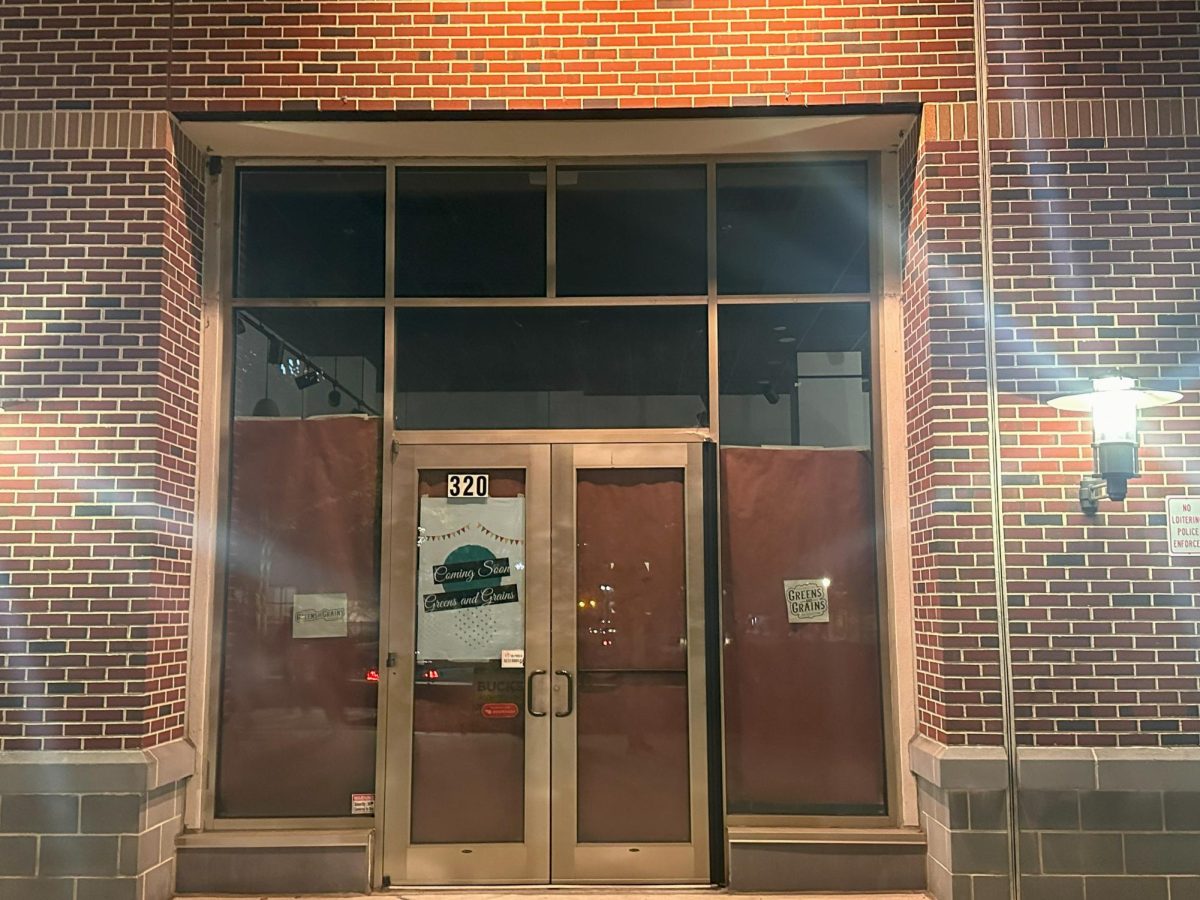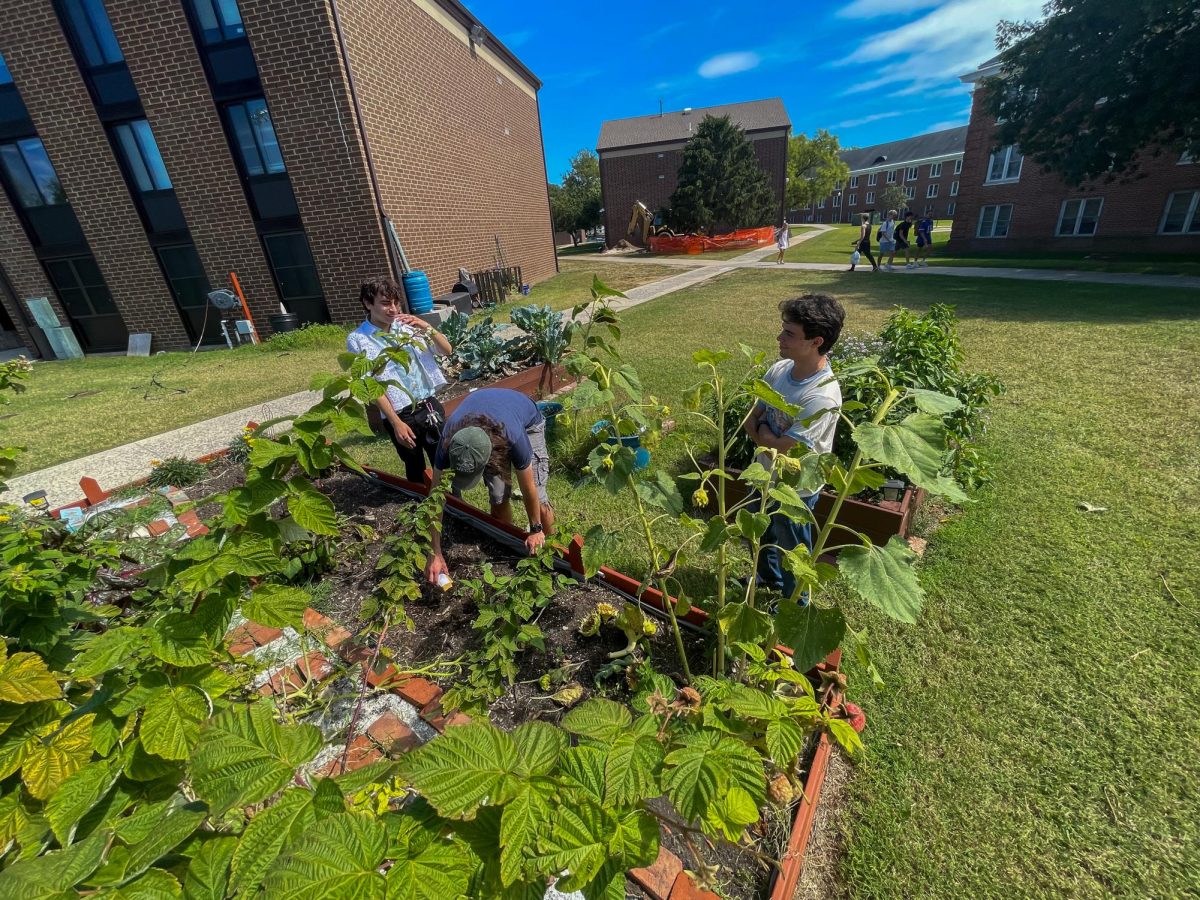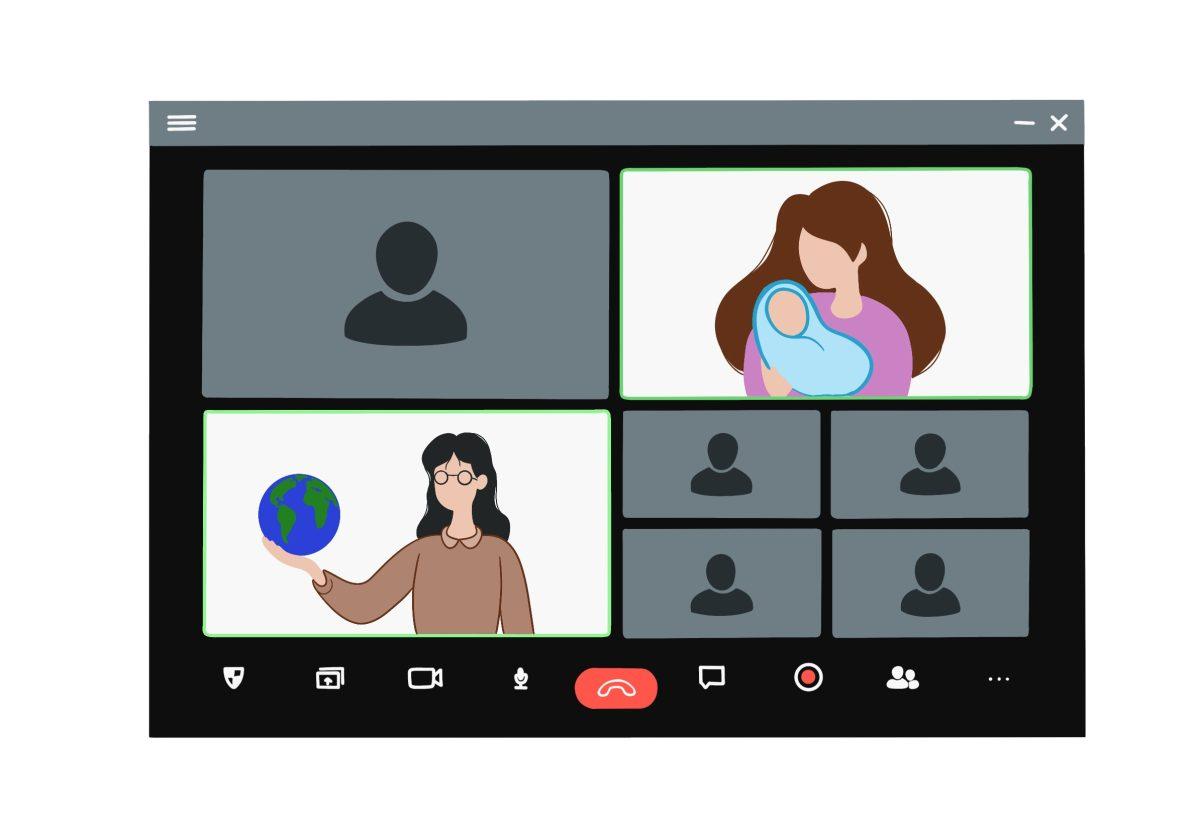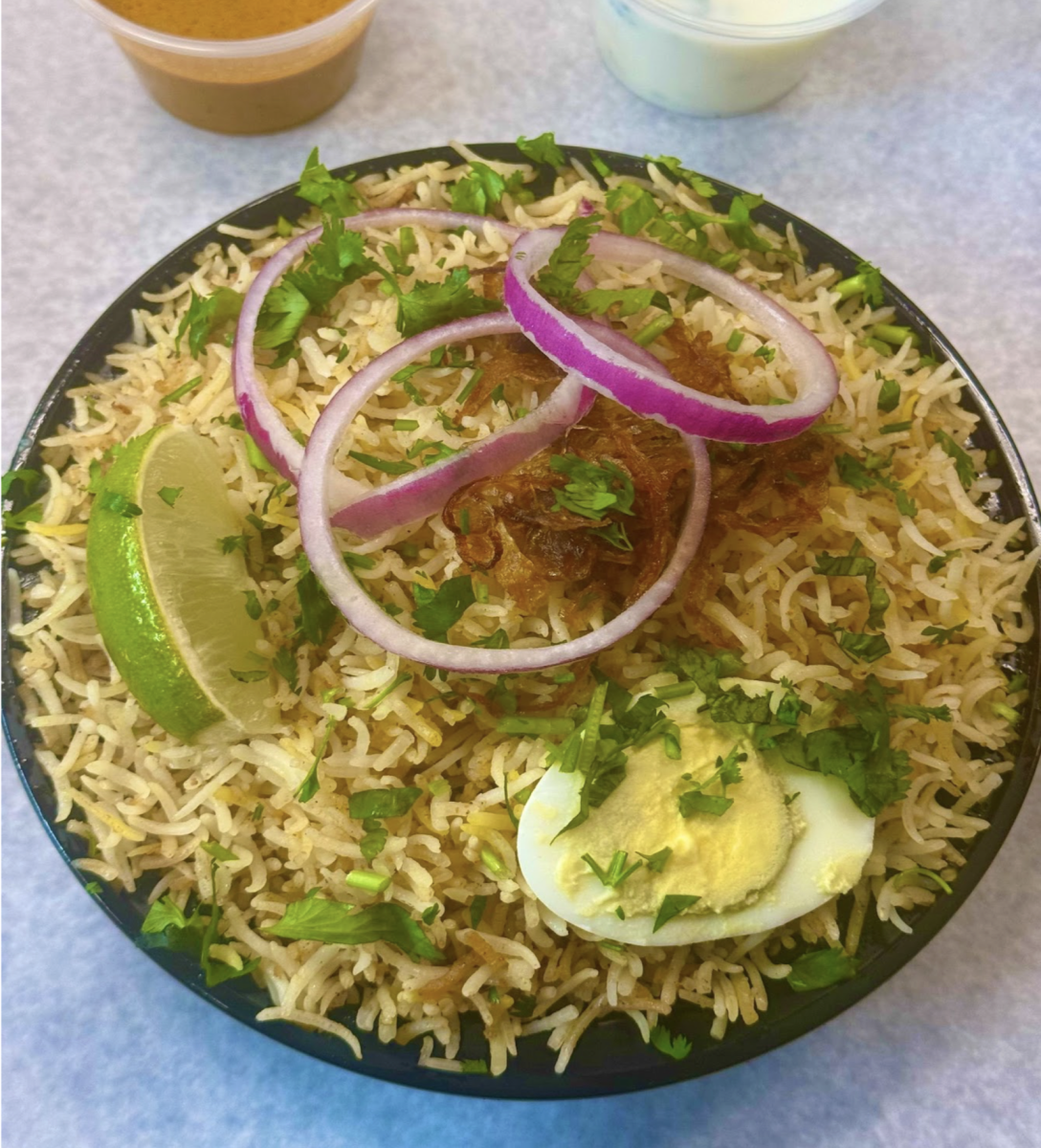Attending university comes with its own set of unique challenges, especially if you are a student with a non-traditional lifestyle. The Whit Staff believes that full-time students with lifestyles that are atypical of most college students should be given more academic flexibility.
There is much debate across the nation about what defines a nontraditional student but for this editorial. The Whit Staff defines a nontraditional student as someone whose lifestyle imposes inherent challenges with completing their education. An example of this would be a full-time student who also is a parent.
Higher education has been and still is a privilege. From the Middle Ages, where only the sons of wealthy men could attend school to the 21st century where countries such as Afghanistan have formally banned women from attending university, the ability to attend university is still a right many people fight for.
According to NASPA.org, an organization dedicated to supporting students through their higher education journey, “the current lack of resources and support services for nontraditional students, many encounter great obstacles that hinder their success in higher education. Broadly, these obstacles include interrole conflict, social isolation, lack of academic flexibility, and barriers to persistence and completion.”
There is a romantic notion in popular media that university is just a place to study with your friends, participate in extracurricular activities, and party. Although many of these attractive ideas have been dismissed by the general public, there are still students who find this notion to be somewhat true. Students who are fully funded through their academic journey may not be actively thinking about the financial burdens university entails. Meanwhile, students who are not fully funded, or not funded at all, understand the reality of debt and being financially restrained.
Not all students are supported through external funds such as scholarships and/or have the privilege of being financially supported by family. Even if students are somewhat supported by scholarships, it may not be enough. According to the National Center for Educational Statistics in 2020, nearly 40% of full-time undergraduate students worked full-time.
At Rowan University, to be considered a full-time student means taking 12 or more credits. Additionally, to be considered a full-time worker means working at least 40 hours a week. The math is simple: working full-time while simultaneously being a full-time student is difficult.
The average class is three credits (with a few exceptions) and most meet twice a week (again, with some exceptions). If a student is taking 12 credits then that means they are taking about four classes. Each class period runs for 75 minutes meaning that a student working a 40-hour week will have to factor in an additional 10 hours (600 minutes) for classes.
That is just the math for classes.
According to Rowan University’s Academic Planning Guide for 2023-2024, if students want to be “successful” then they should “Study 2-3 hours per credit per week (e.g., 30-45 hours/week for a 15 credit schedule).” That means our hypothetical full-time student who is taking four classes should add 24 hours to their week.
In total, that is 74 hours dedicated to work and school. For comparison, per the Accreditation Council for Graduate Medical Education, a physician in residency can work a maximum of 80 hours per week.
Rowan does offer online courses for students. Although this accommodation can be helpful for some, there are students who thrive in a classroom environment.
The Whit Staff knows there is no room for argument because we want you, Rowan staff, administrators, and students, to consider this parting question: How would you juggle a 74-hour work week while also trying to balance a healthy relationship with yourself and others?
For comments/questions about this story DM us on Instagram @thewhitatrowan or email [email protected]























































































































































!["Working with [Dr. Lynch] is always a learning experience for me. She is a treasure,” said Thomas. - Staff Writer / Kacie Scibilia](https://thewhitonline.com/wp-content/uploads/2025/04/choir-1-1200x694.jpg)










































